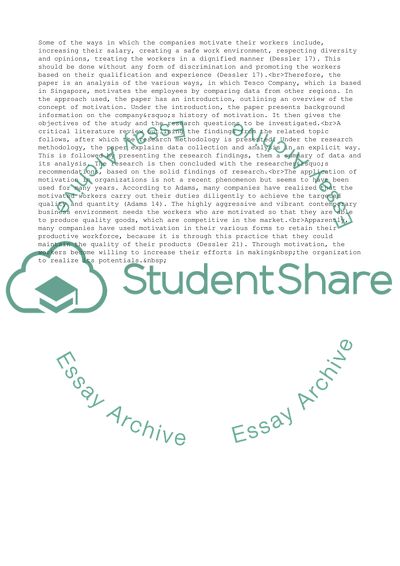Cite this document
(Analysis of Motivation of Employees of an IT Company in Singapore Research Paper, n.d.)
Analysis of Motivation of Employees of an IT Company in Singapore Research Paper. Retrieved from https://studentshare.org/management/1763796-analysis-of-motivation-of-employees-of-a-it-company-in-singapore
Analysis of Motivation of Employees of an IT Company in Singapore Research Paper. Retrieved from https://studentshare.org/management/1763796-analysis-of-motivation-of-employees-of-a-it-company-in-singapore
(Analysis of Motivation of Employees of an IT Company in Singapore Research Paper)
Analysis of Motivation of Employees of an IT Company in Singapore Research Paper. https://studentshare.org/management/1763796-analysis-of-motivation-of-employees-of-a-it-company-in-singapore.
Analysis of Motivation of Employees of an IT Company in Singapore Research Paper. https://studentshare.org/management/1763796-analysis-of-motivation-of-employees-of-a-it-company-in-singapore.
“Analysis of Motivation of Employees of an IT Company in Singapore Research Paper”, n.d. https://studentshare.org/management/1763796-analysis-of-motivation-of-employees-of-a-it-company-in-singapore.


